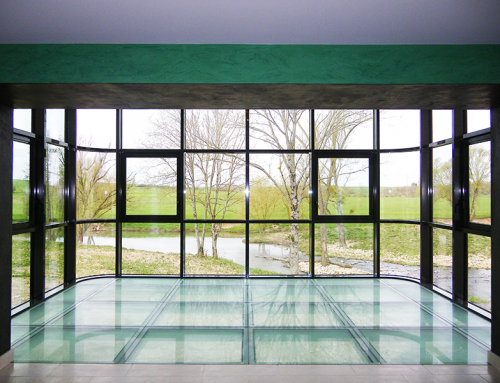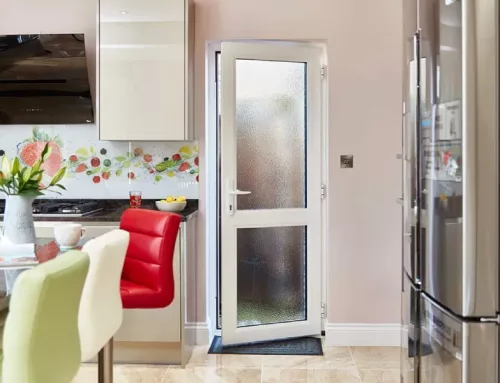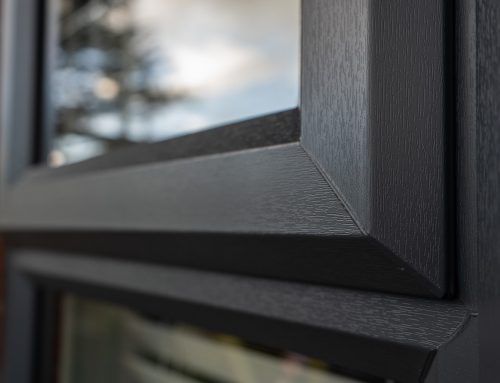uPVC vs. Traditional Materials: Why uPVC is the Best Choice for Doors and Windows
When it comes to selecting the right material for doors and windows, homeowners and architects are faced with a variety of options. Traditional materials like wood and aluminum have long been popular choices, but in recent years, uPVC (unplasticized polyvinyl chloride) has gained significant traction. In this article, we will compare uPVC with traditional materials and explore why uPVC stands out as the best choice for doors and windows in terms of durability, energy efficiency, maintenance, and overall performance.
1. Superior Durability:
One of the primary advantages of uPVC over traditional materials is its exceptional durability. Unlike wood, uPVC is not susceptible to rotting, warping, or corrosion. It can withstand harsh weather conditions, including moisture, sunlight, and temperature fluctuations, without compromising its structural integrity. Traditional materials may require regular maintenance, such as sealing, painting, or varnishing, to protect them from the elements. uPVC, on the other hand, is virtually maintenance-free, making it a cost-effective and long-lasting choice.
2. Energy Efficiency:
Energy efficiency is a crucial consideration in today’s environmentally conscious world. uPVC doors and windows offer excellent thermal insulation properties, significantly reducing heat transfer. The multi-chambered design of uPVC profiles, combined with the use of weather seals and double or triple glazing, creates an effective barrier against heat loss or gain. This results in reduced energy consumption, lower heating and cooling costs, and a more comfortable indoor environment throughout the year. In comparison, traditional materials like aluminum are poor insulators and can contribute to higher energy bills.
3. Low Maintenance:
Maintenance requirements play a significant role in the longevity and aesthetics of doors and windows. Traditional materials such as wood may require regular painting, sealing, or sanding to protect them from moisture, pests, and UV damage. uPVC, however, is naturally resistant to fading, peeling, or discoloration. It does not require painting or sealing, and cleaning uPVC frames and glass panes is a simple task that can be accomplished with mild soap and water. The low maintenance nature of uPVC saves time, effort, and maintenance costs over the lifespan of the doors and windows.
4. Enhanced Security:
Security is a paramount concern for homeowners, and uPVC doors and windows offer enhanced security features. uPVC profiles are inherently strong and rigid, making them highly resistant to forced entry. Additionally, uPVC doors and windows are equipped with multi-point locking systems, reinforced hinges, and toughened or laminated glass, providing an extra layer of security. Traditional materials like wood may be vulnerable to break-ins, while uPVC offers peace of mind and ensures the safety of occupants.
5. Sound Insulation:
In environments where noise pollution is a concern, uPVC doors and windows excel in providing sound insulation. The combination of uPVC profiles and double or triple glazing significantly reduces external noise, creating a quieter and more peaceful indoor environment. Traditional materials like aluminum are poor sound insulators, allowing noise to penetrate easily. uPVC’s sound insulation properties make it ideal for homes located near busy streets, airports, or other high-noise areas.
Conclusion:
When comparing uPVC with traditional materials for doors and windows, it becomes evident that uPVC offers numerous advantages. Its superior durability, energy efficiency, low maintenance requirements, enhanced security features, and sound insulation properties make it the best choice for modern construction projects. uPVC eliminates the drawbacks associated with traditional materials such as rotting, warping, high maintenance, and poor insulation. By choosing uPVC doors and windows, homeowners can enjoy long-lasting, energy-efficient, and secure solutions that enhance the aesthetics, comfort, and value of their homes.



